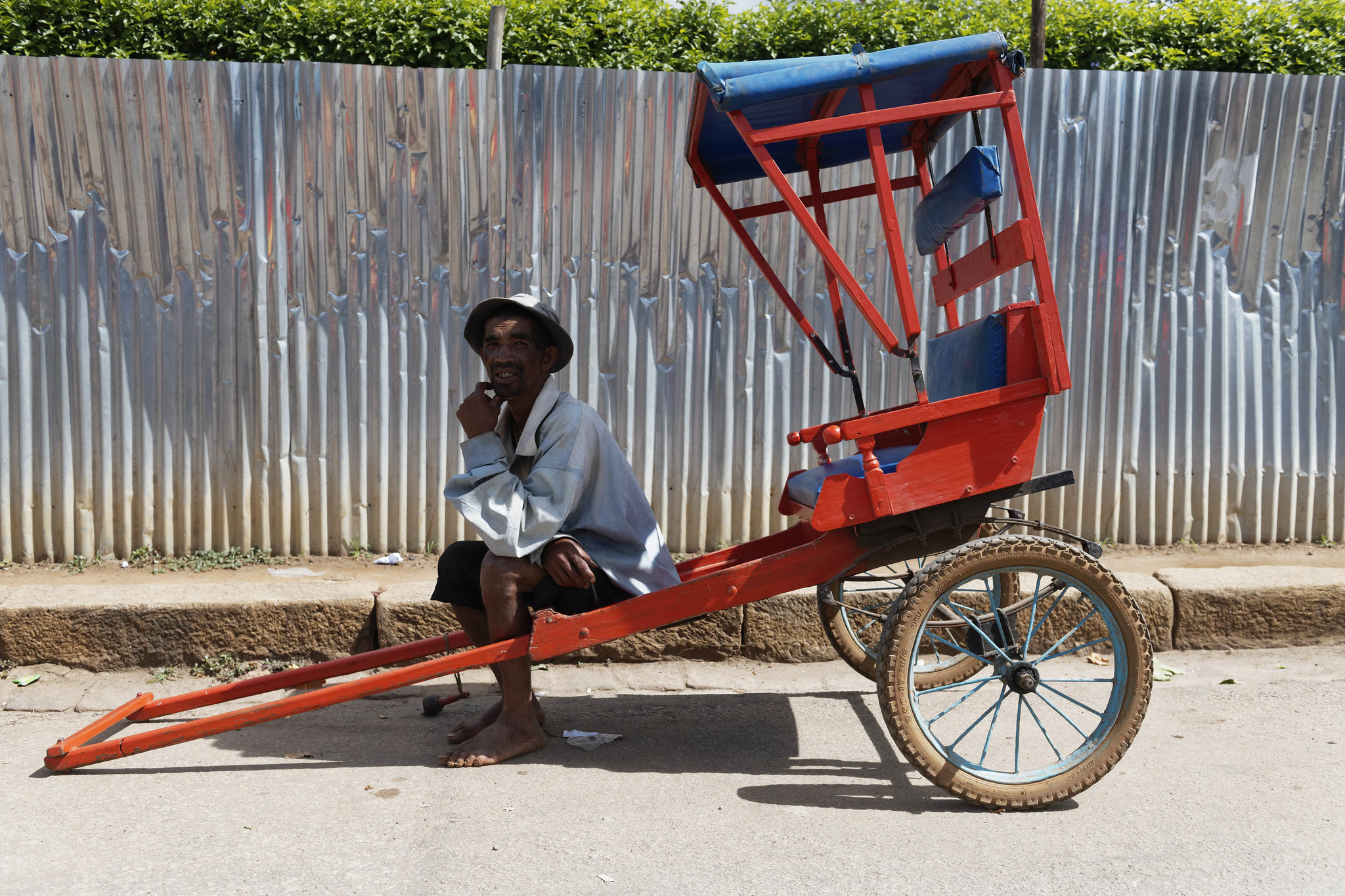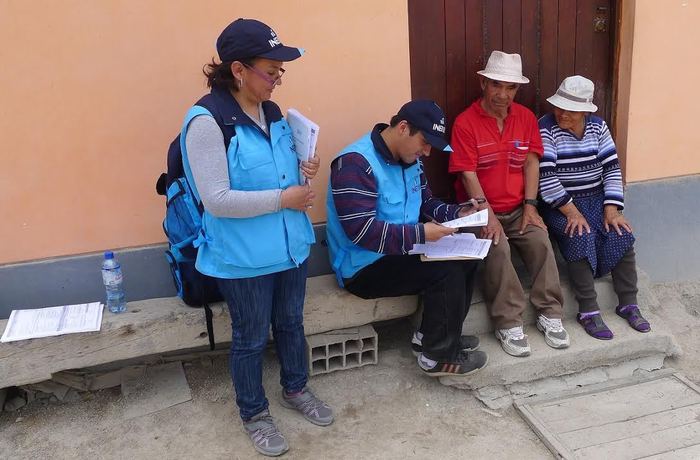
Blog
Learn about the latest labour statistics trends using ILOSTAT data and get insights into methodological issues.

Learn about the latest labour statistics trends using ILOSTAT data and get insights into methodological issues.

This list of resources provides online resources and personalized technical advice provided by the ILO to support its member States with the implementation of international statistical standards, data production, analysis and dissemination.

See the latest international classifications for all forms of work and for employment according to type of authority and economic risk.

Collective bargaining statistics are crucial to assess labour markets but also the state of industrial relations. However, the particularities linked with the data sources and data quality make collective bargaining statistics a very challenging field of labour statistics. Get information about all the main aspects of collective bargaining statistics in this quick guide.
Quick guide on sources and uses of collective bargaining statistics Read More »

Adopted by the 20th ICLS (2018), this resolution sets an internationally agreed methodology to measure indicator SDG 8.8.2 on labour rights consistent with the Resolution adopted by the United Nations General Assembly on Work of the Statistical Commission pertaining to the 2030 Agenda for Sustainable Development (A/RES/71/313), Annex taken on 6 July 2017.

Find selected publications featuring ILOSTAT data.
Analytical publications Read More »

Online resources for data producers to build or improve their labour force survey, such as PAPI and CAPI model questionnaires.
Labour force survey (LFS) questionnaire toolkit Read More »